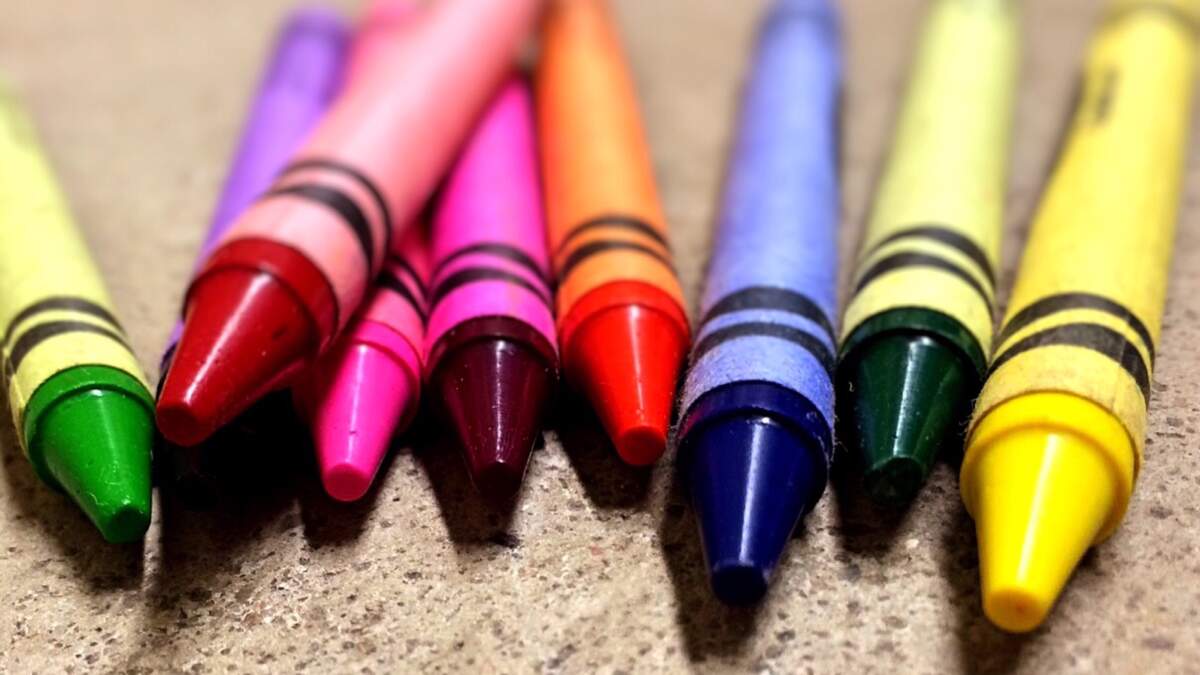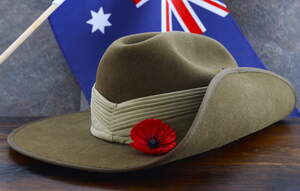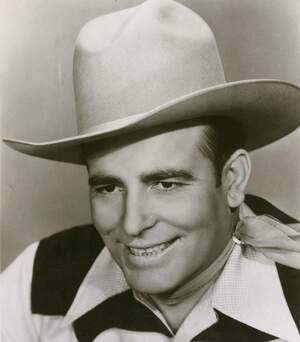

National Crayola Day
Crayola crayons were invented by cousins Edwin Binney and C. Harold Smith, who had formed Binney & Smith in 1885 (interestingly, National Crayon Day, which took place last month, is held on the anniversary of the founding of their company). The cousins made shoe polish and printing ink, and in 1900 began making slate pencils. They mixed pigments and paraffin wax to create a crayon that was used to mark crates and barrels. These crayons were too toxic for children, and they began researching what materials they could use that would be safe.
They were able to adapt the crayons using safe pigments, and in doing so made the first crayons for children. The first box was sold in 1903; it had eight crayons and cost a nickel. Alice Stead Binney, Edwin's wife, came up with the name Crayola, by blending the French words for chalk and oily—craie and oleaginous. Many colors from the early years are no longer in production. Over 750 color names have been used over the years, representing more than 330 colors. Crayola has made many types of crayons, including color-changing, glitter, and glow in the dark varieties.
How to Observe National Crayola Day
Celebrate the day by buying some Crayola crayons and doing some coloring. If you have some old crayons, you could make new ones by melting them. You could also learn more about Crayola and other crayons by reading about them, or by visiting the Crayola Experience. More could be learned by watching a video on how they are made. For a more memorable learning experience, watch a video of Mr. Rogers showing how crayons were made in 1981.





















